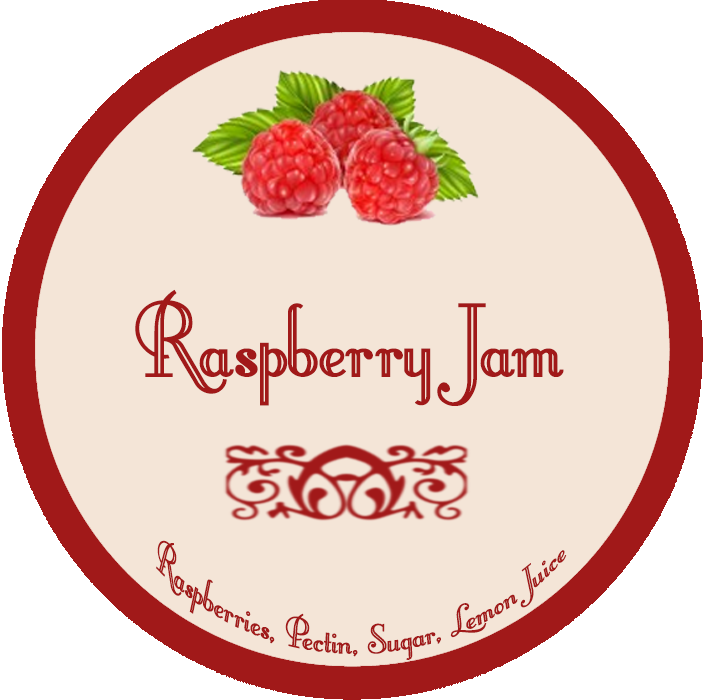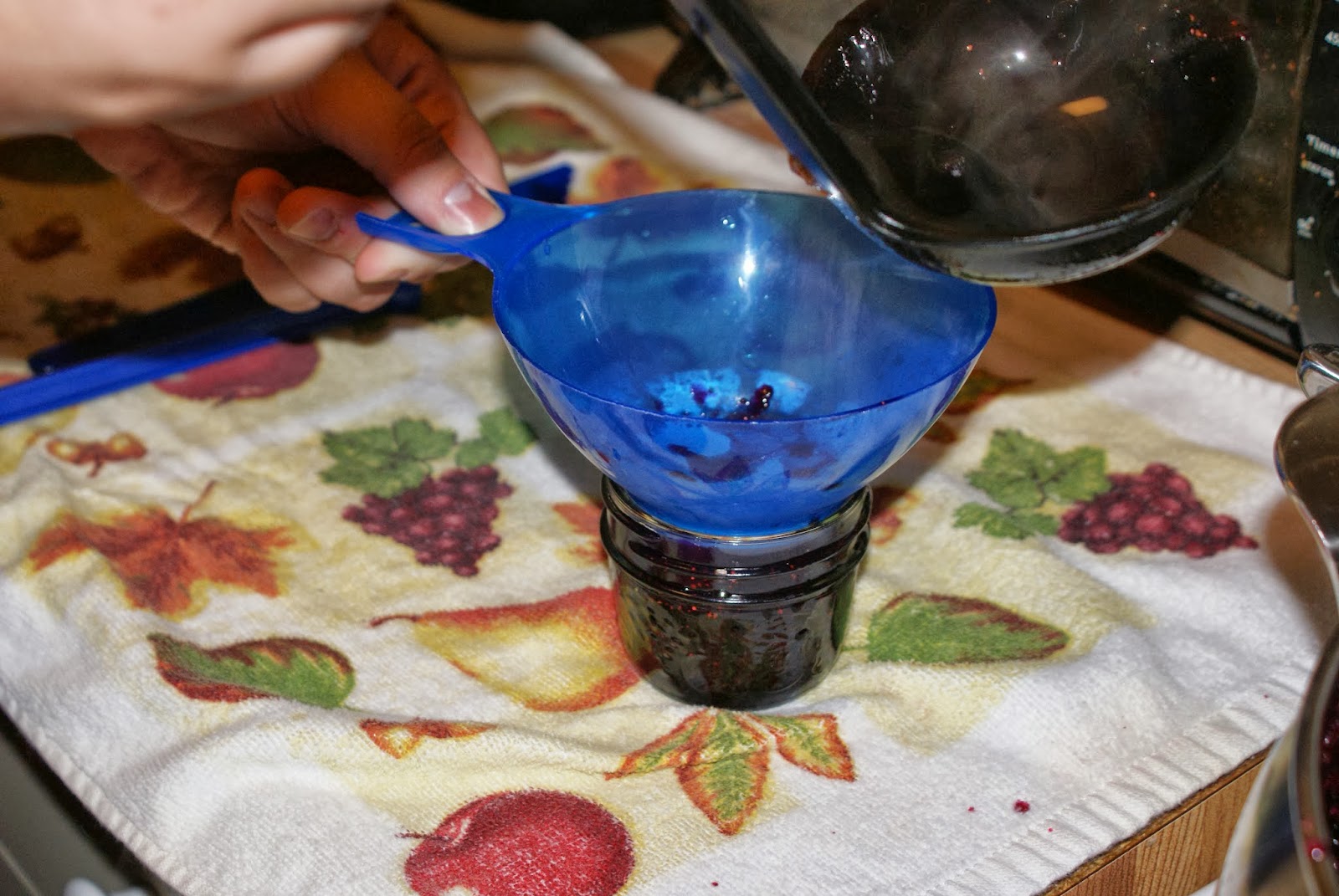So, let's get this straight right up front: Macaroons ("Mah-kah-ROONS") are homey, chewy coconut cookies containing condensed milk, and French macarons ("Mah-kah-RAWN" - the "s" is silent) are light, delicate meringue cookies sandwiched together with a luscious filling.
I try not to be a Judgy McJudgypants when people mispronounce words, even though it hurts my heart to hear my beloved English language butchered...or in this case, French (but I digress); however, I would greatly prefer that the appropriate name is used in this particular case. And no, you're not paranoid; all professional bakers WILL judge you.
Macarons are, admittedly, one of the most challenging patisseries for a baker to attempt. So many factors need to be controlled for a successful outcome, and many times the recipe will fail if even one of the main elements is a little out of whack; sometimes, your macarons recipe will fail because the moon is in the seventh house and Jupiter is aligning with Mars, or you frowned at the batter for too long. Or mispronounced "macaron". Who knows.
The best thing to remember when attempting this massively finicky cookie, is that the most important, controllable elements to get right are humidity, freshness of ingredients, oven temperature, timing, proper kitchen equipment, and a light, steady hand.
The first time I ever made macarons was in Pastry school; the class was taught to make four different flavours (2 per team), which we then boxed up, three of each, and the school sold them as holiday treats (we were not allowed to keep our production, although we could buy what we made for a seriously reduced price).
I've been fascinated by what makes macarons so special ever since.
The anatomy of a macaron is simple; you have two biscuit bases, with a luscious filling sandwiched between them. The perfect macaron is solid (no cavity of air within), has a "pied", or "foot" that happens during baking, and is smooth on the top surface, with no wrinkles, cracks, or gritty bumps. Perfect macarons only occur when all of the above criteria are met (temperature, timing, etc.); in other words, there is little to no leeway, wiggle room, or forgiveness when making these challenging little cookies!
I decided to
...hehheh...hubris is funny.
So yeah...of the several dozen macarons I made (in three different flavour combinations, no less, because I am apparently insane...), maybe half turned out at the very least halfway acceptable to my perfectionist mind. Frustrating. I was battling against some of the hard limits that Macarons impose upon their creators, namely time (I was rushing things at certain points), temperature (trying to make the perfect macaron during an August heatwave is dumb dumb DUMB), and killer humidity (see previous).
One more obstacle I didn't foresee: all of my desserts were being made to be boxed up and delivered to the venue on the day prior to the wedding, as the kitchen crew would be completing and displaying my work on the day of, me being busy getting married and all. Fine and well if one of the kitchen crew happens to be a pastry chef, and knows how to store/handle items as delicate as macarons, which in this case, they did not. I blame myself for that one; I should have left more specific instructions on how delicate they were. I'm sure many of my creations suffered from rough handling in the 24 hours prior to the wedding, sometime between storage, un-boxing, and display, given that the best picture I can find does not show my poor wee babies in their best light...
-CROP2.jpg) |
| So ...much...damage...wahhh!! |
I made pink rose flavoured ones with raspberry preserves filling, orange flavoured orange ones with milk chocolate buttercream filling, and (what were supposed to be blue, haha) green marshmallow flavoured ones with blueberry nutmeg preserves filling.
Anyway, here is a perfect recipe for basic macarons; this recipe works very well, given that you follow all of its steps in the proper order. Good luck!
 Basic Macarons
Basic MacaronsYield: 80-100 1" round halves (40-50 sandwiches)
- 225 grams icing sugar
- 125 grams ground almonds
- 110 grams egg whites (about 4), aged overnight at room temperature
- 30 grams granulated sugar
- Pinch of salt
 Step 2: Push almond flour (also called almond meal) through a fine sieve into a medium-sized bowl, and sift
icing sugar on top. Mix together and set aside.
Step 2: Push almond flour (also called almond meal) through a fine sieve into a medium-sized bowl, and sift
icing sugar on top. Mix together and set aside.(Tip: at this point, I ran the icing sugar/almond flour through the food processor for about a minute for a fine grind. This helps lessen/eliminate lumps and the grittiness of the almond flour in the final product).

 Step 3: In a large clean, dry mixing bowl, whip the room temperature egg whites with the pinch of salt on
medium speed until foamy. Increase the speed to high and gradually add
granulated sugar as they whip. Continue to whip to stiff peaks—the whites should be firm and
shiny.
Step 3: In a large clean, dry mixing bowl, whip the room temperature egg whites with the pinch of salt on
medium speed until foamy. Increase the speed to high and gradually add
granulated sugar as they whip. Continue to whip to stiff peaks—the whites should be firm and
shiny.
 Step 4: With a flexible spatula, gently fold in icing sugar/almond flour
mixture into egg whites until completely incorporated. The mixture should be
shiny and "flow like magma" (when small peaks dissolve to a flat surface, that's your clue to stop
mixing).
Step 4: With a flexible spatula, gently fold in icing sugar/almond flour
mixture into egg whites until completely incorporated. The mixture should be
shiny and "flow like magma" (when small peaks dissolve to a flat surface, that's your clue to stop
mixing). This is the time to add any flavourings or colourings you want for your macarons. I highly recommend using candy oils and food colour paste or gel because they are highly concentrated and will not dilute your batter adversely.
This is the time to add any flavourings or colourings you want for your macarons. I highly recommend using candy oils and food colour paste or gel because they are highly concentrated and will not dilute your batter adversely.Step 5: Fit a piping bag with a 3/8" round tip. Gently pipe the batter onto the baking sheets, within the circles. It's best to work from the back to the front so you don't accidentally drag through your hard work! Gently but firmly tap the underside of the baking sheet to remove air bubbles. Let dry at room temperature for 1 to 2 hours to allow skins to form (important to achieving a smooth, unwrinkled surface during baking).
Step 6: Bake in a 325 degreeF oven for 10 to 11 minutes. Make sure you have double-panned your baking pans to protect your delicate macarons from burning. Use a wooden spoon to keep the oven door slightly ajar, and carefully rotate the baking sheet after 5 minutes for even baking.
Step 7: Remove macarons from oven and transfer the parchment to a cooling rack. When cool, slide a metal offset spatula or paring knife underneath the macaron to remove from parchment. If they are stubbornly resisting being removed, you can carefully pour a small amount of boiling water underneath the parchment paper to help "steam" them off the paper (put the parchment back on your baking pan first!).
Step 8: Pair cooled macarons of similar size, and pipe about 1/2 tsp of the filling of your choice onto one of the pair. Sandwich macarons together gently but evenly and firmly, and refrigerate to allow flavours to blend together. Bring back to room temperature before serving.
Have fun with your flavour pairings! There are virtually unlimited possibilities, so go as wild as you can stand. I'm always up for pictures and reviews of your own recipe success (and failures!), so please feel free to send me a comment with pics if possible. Good luck!










-CROP1.jpg)






























